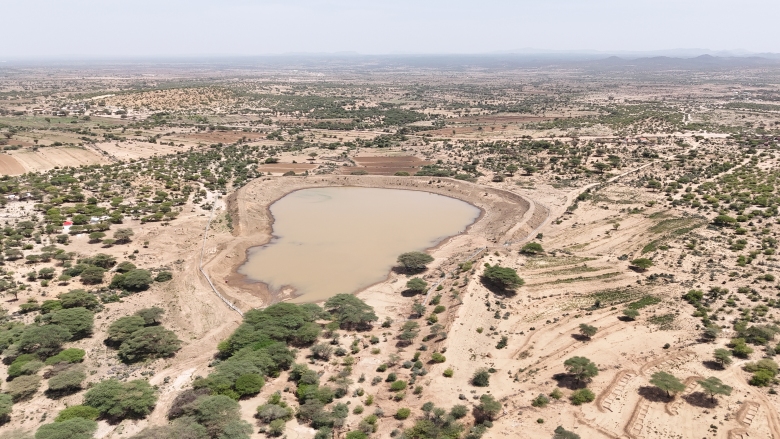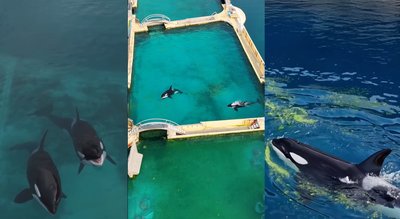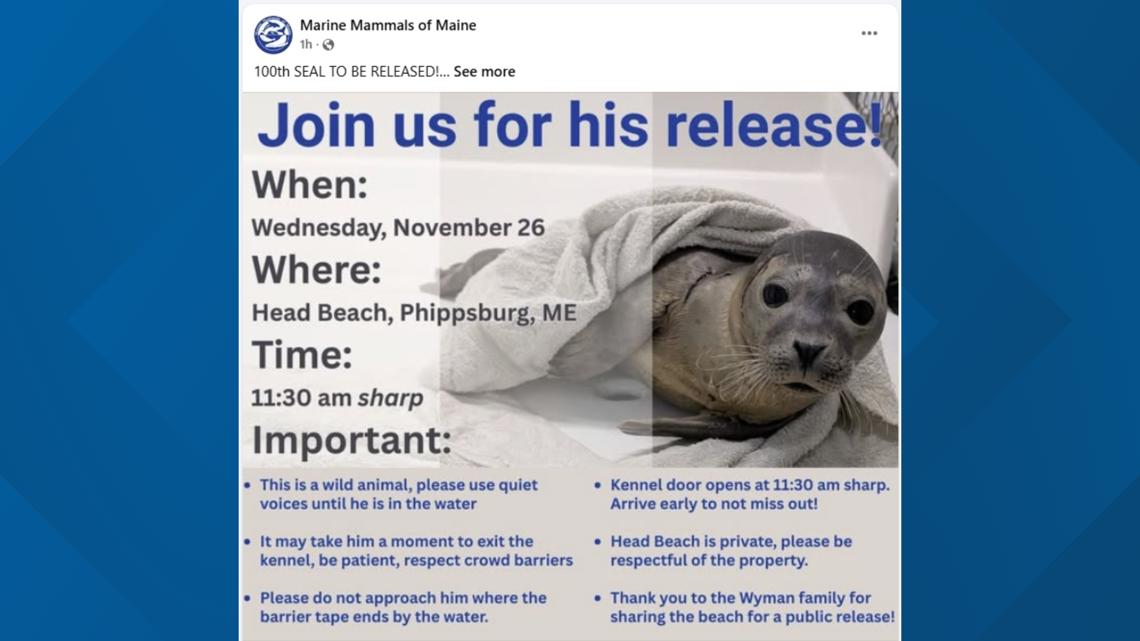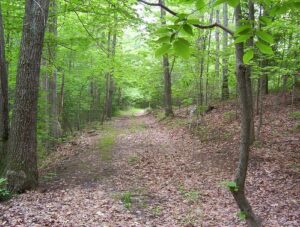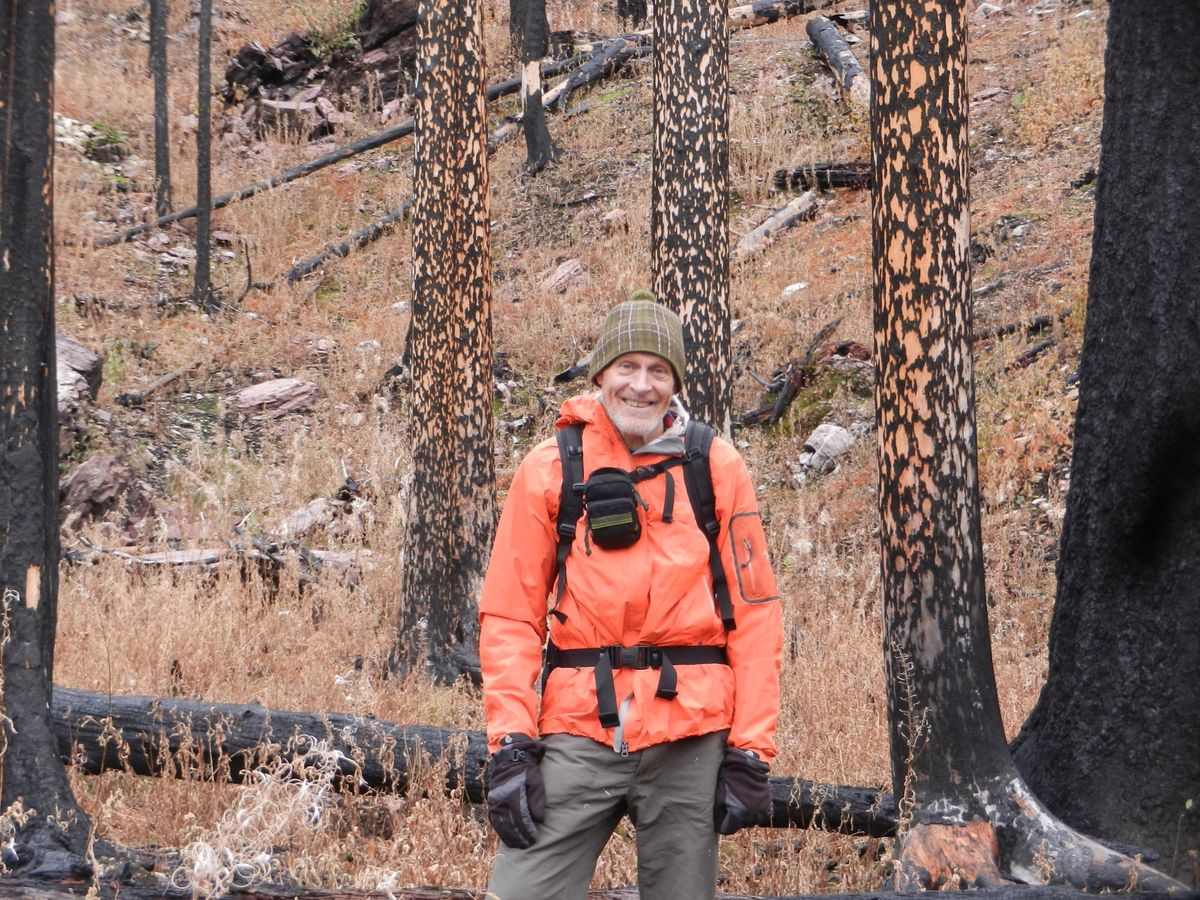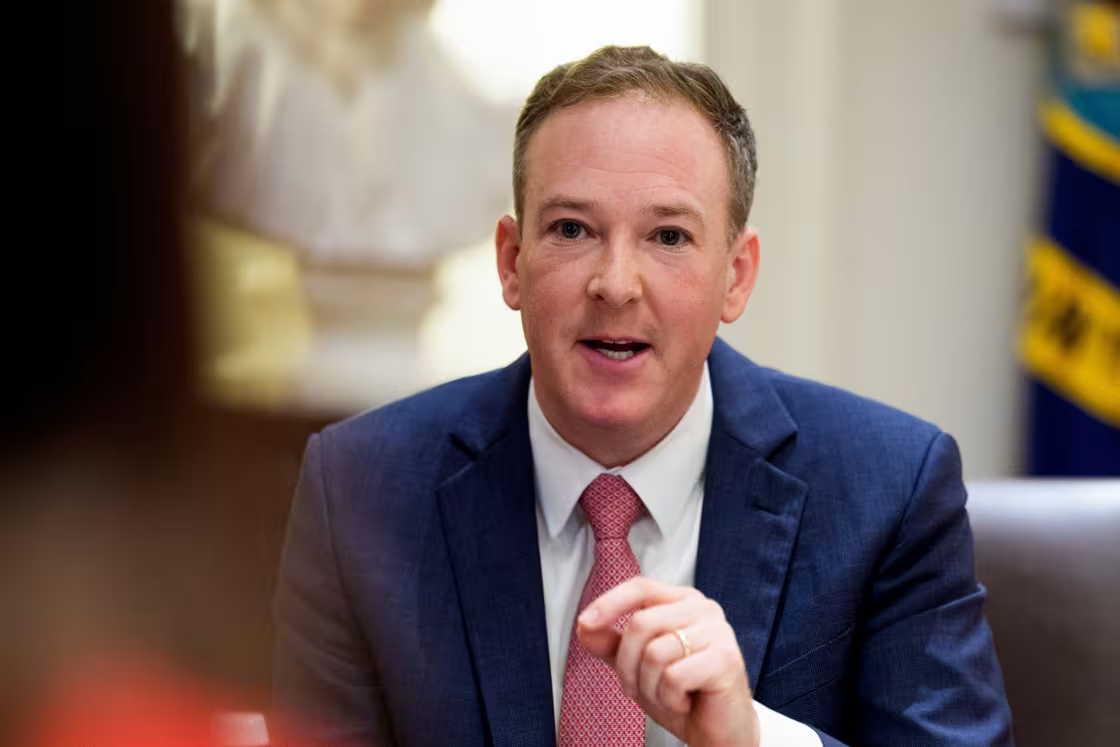Musk’s Boring Co. plans to tunnel under an endangered Nashville species’ habitat – The Tennessean
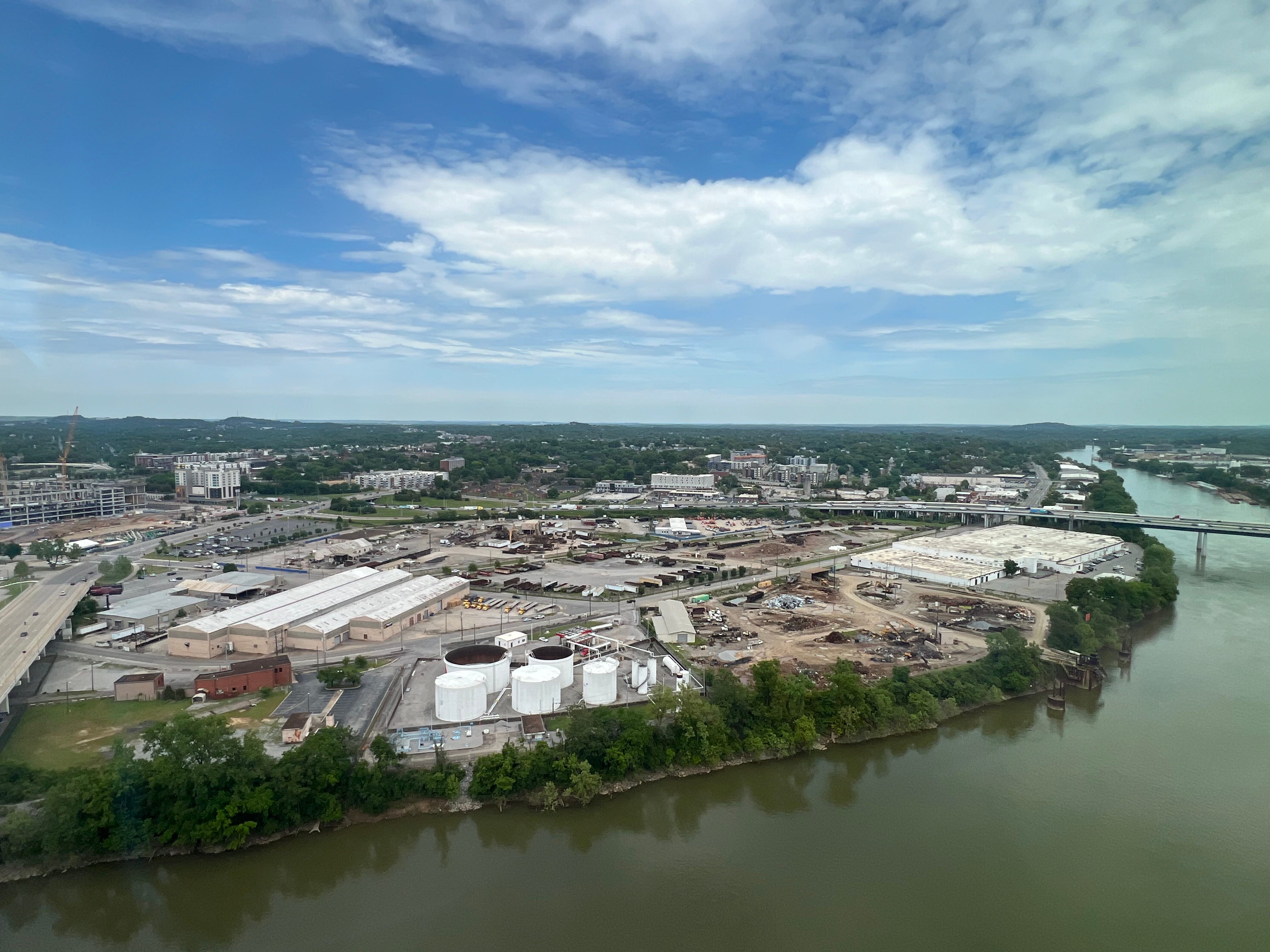
Report on the Proposed “Music City Loop” and its Implications for Sustainable Development Goals
1.0 Introduction and Project Overview
This report analyzes the proposed “Music City Loop” tunnel project in Nashville by The Boring Company. The project aims to create a new transportation link between the city’s airport and downtown, aligning with aspects of SDG 9 (Industry, Innovation, and Infrastructure) and SDG 11 (Sustainable Cities and Communities). However, the proposed route intersects with the Mill Creek watershed, raising significant environmental concerns that conflict with key Sustainable Development Goals, particularly SDG 6 (Clean Water and Sanitation) and SDG 15 (Life on Land).
2.0 Environmental Impact and Sustainable Development Concerns
2.1 SDG 15: Life on Land – Threat to Endangered Species
The primary conflict with SDG 15 arises from the project’s potential impact on the Nashville crayfish, a federally protected endangered species.
- Mill Creek is the exclusive global habitat for the Nashville crayfish.
- The proposed tunnel is set to cross directly under Mill Creek and its tributaries, threatening this critical habitat.
- This directly challenges SDG Target 15.5, which calls for urgent action to reduce the degradation of natural habitats, halt the loss of biodiversity, and protect and prevent the extinction of threatened species.
- The Mill Creek watershed has already suffered significant degradation from decades of urban development, making the remaining habitat extremely vulnerable despite a recent resurgence in the crayfish population.
2.2 SDG 6: Clean Water and Sanitation – Water Contamination Risks
The project poses a direct threat to the water quality of Mill Creek, undermining the objectives of SDG 6.
- Risk of Water Table Breach: Tunneling operations could breach the local water table, potentially altering hydrology and leading to contamination.
- Karst Formation Vulnerability: The region’s geology includes porous limestone and karst formations (underground caves). A historical precedent from 2000, involving a different tunneling project, resulted in drilling materials leaking through a karst formation into a Mill Creek tributary, causing a significant kill of aquatic life.
- Pollution from Construction: Any leak of construction materials could have devastating effects on the aquatic ecosystem, directly contravening SDG Target 6.3, which aims to improve water quality by reducing pollution and eliminating the dumping of hazardous materials.
3.0 Infrastructure Development vs. Environmental Stewardship
3.1 SDG 9 & SDG 11: Sustainable Infrastructure and Cities
The project is presented as an innovative solution to urban transportation challenges, aligning with goals for sustainable infrastructure and cities.
- SDG 9 (Industry, Innovation, and Infrastructure): The project utilizes advanced tunnel-boring technology. The Boring Company asserts its machinery generates minimal vibration and has a safe operational history in other locations, such as Las Vegas.
- SDG 11 (Sustainable Cities and Communities): The loop is intended to improve public transit, a key component of SDG Target 11.2.
- The Sustainability Conflict: For this infrastructure to be considered truly sustainable under the SDG framework, its development must not compromise environmental integrity. The potential for irreversible damage to a unique ecosystem and endangered species calls the project’s sustainability into question.
4.0 Governance, Regulation, and Stakeholder Engagement
Effective governance and multi-stakeholder partnerships, central to SDG 17 (Partnerships for the Goals), are critical for mitigating the project’s risks.
4.1 Regulatory Oversight
A comprehensive environmental review process is required, involving multiple agencies:
- U.S. Army Corps of Engineers: Oversees commercial waterways and will meet with company representatives.
- Tennessee Department of Environment and Conservation (TDEC): Responsible for issuing an aquatic-resource alteration permit.
- Tennessee Wildlife Resources Agency (TWRA): TDEC is expected to consult with this agency before issuing any permits.
- U.S. Fish and Wildlife Service: While not mandatory, coordination is anticipated due to the federally protected status of the Nashville crayfish.
4.2 Official Stances
- The Boring Company: Has stated its confidence in operating below the water table without issue, citing its Vegas Loop project as an example.
- State Government: The Governor has expressed confidence in the company’s safety record and technological capabilities, stating he has no current environmental or safety concerns.
Analysis of Sustainable Development Goals in the Article
1. Which SDGs are addressed or connected to the issues highlighted in the article?
- SDG 6: Clean Water and Sanitation: The article discusses the potential for the tunneling project to contaminate Mill Creek. It highlights the risk of “leaks of construction materials into the waterway” and references a past incident in 2000 where a similar operation “contaminated the water, killing scores of crayfish.” This directly relates to maintaining the quality of freshwater bodies.
- SDG 9: Industry, Innovation and Infrastructure: The article is centered around a major infrastructure project, The Boring Company’s “Music City Loop.” The debate over the project’s environmental safety and its potential impact on the local ecosystem touches upon the need to develop sustainable and resilient infrastructure that does not harm the environment.
- SDG 11: Sustainable Cities and Communities: The project is an urban development initiative in Nashville. The article notes that Mill Creek has “already endured decades of exponential growth along the creek” and “tons of impacts from stormwater runoff from all the development.” This connects the proposed tunnel to the broader challenge of managing the environmental impact of urban growth.
- SDG 15: Life on Land: This is the most prominent SDG in the article. The core issue is the threat to the “endangered Nashville crayfish,” a species whose “only home” is the Mill Creek watershed. The discussion revolves around protecting a threatened species, preventing habitat degradation, and halting biodiversity loss in a freshwater ecosystem.
2. What specific targets under those SDGs can be identified based on the article’s content?
- Target 6.3 (under SDG 6): “By 2030, improve water quality by reducing pollution, eliminating dumping and minimizing release of hazardous chemicals and materials…” The article’s concern about potential “leaks of construction materials” and the historical example of drilling “mud” escaping and contaminating the stream directly align with this target of preventing water pollution.
- Target 9.1 (under SDG 9): “Develop quality, reliable, sustainable and resilient infrastructure…” The entire debate questions whether the proposed tunnel is a sustainable infrastructure project, given the risks it poses to the local geology (“karst formations”) and the unique ecosystem of Mill Creek.
- Target 11.6 (under SDG 11): “By 2030, reduce the adverse per capita environmental impact of cities…” The article describes how past urban development has already damaged the creek’s habitat through “stormwater runoff.” The proposed project represents a new potential adverse environmental impact from urban expansion that needs to be managed.
- Target 15.5 (under SDG 15): “Take urgent and significant action to reduce the degradation of natural habitats, halt the loss of biodiversity and, by 2020, protect and prevent the extinction of threatened species.” This target is directly addressed. The article focuses on the need to protect the “endangered Nashville crayfish” and its sole habitat, Mill Creek, from further “habitat degradation” that could be caused by the tunnel construction.
3. Are there any indicators mentioned or implied in the article that can be used to measure progress towards the identified targets?
- Indicator for Target 15.5: The conservation status and population health of the Nashville crayfish. The article explicitly mentions that the species is on the “U.S. Fish and Wildlife and the state endangered species list.” It also notes that after a species is delisted, it “requires an additional five years of population monitoring to document that the population doesn’t decline.” This monitoring serves as a direct indicator of the species’ well-being and the success of conservation efforts.
- Indicator for Target 15.5: The extent of healthy habitat. The article provides a baseline by stating that “habitat degradation from pollution, water run-off and invasive species, has damaged roughly half of the waterway’s 27.9 miles.” Measuring the reduction or increase in this damaged area would be a clear indicator of progress in reducing habitat degradation.
- Indicator for Target 6.3: Water quality and biological health of the creek. While no specific chemical metrics are given, the article implies a biological indicator: the survival of crayfish. The past incident where drilling mud “contaminated the water, killing scores of crayfish” shows that crayfish mortality is a direct indicator of severe water pollution events. The absence of such events would indicate progress.
4. Table of SDGs, Targets, and Indicators
| SDGs | Targets | Indicators |
|---|---|---|
| SDG 15: Life on Land | 15.5: Take urgent action to reduce the degradation of natural habitats, halt biodiversity loss, and protect and prevent the extinction of threatened species. |
|
| SDG 6: Clean Water and Sanitation | 6.3: Improve water quality by reducing pollution and minimizing the release of hazardous chemicals and materials. |
|
| SDG 11: Sustainable Cities and Communities | 11.6: Reduce the adverse per capita environmental impact of cities. |
|
| SDG 9: Industry, Innovation and Infrastructure | 9.1: Develop quality, reliable, sustainable and resilient infrastructure. |
|
Source: tennessean.com

What is Your Reaction?
 Like
0
Like
0
 Dislike
0
Dislike
0
 Love
0
Love
0
 Funny
0
Funny
0
 Angry
0
Angry
0
 Sad
0
Sad
0
 Wow
0
Wow
0

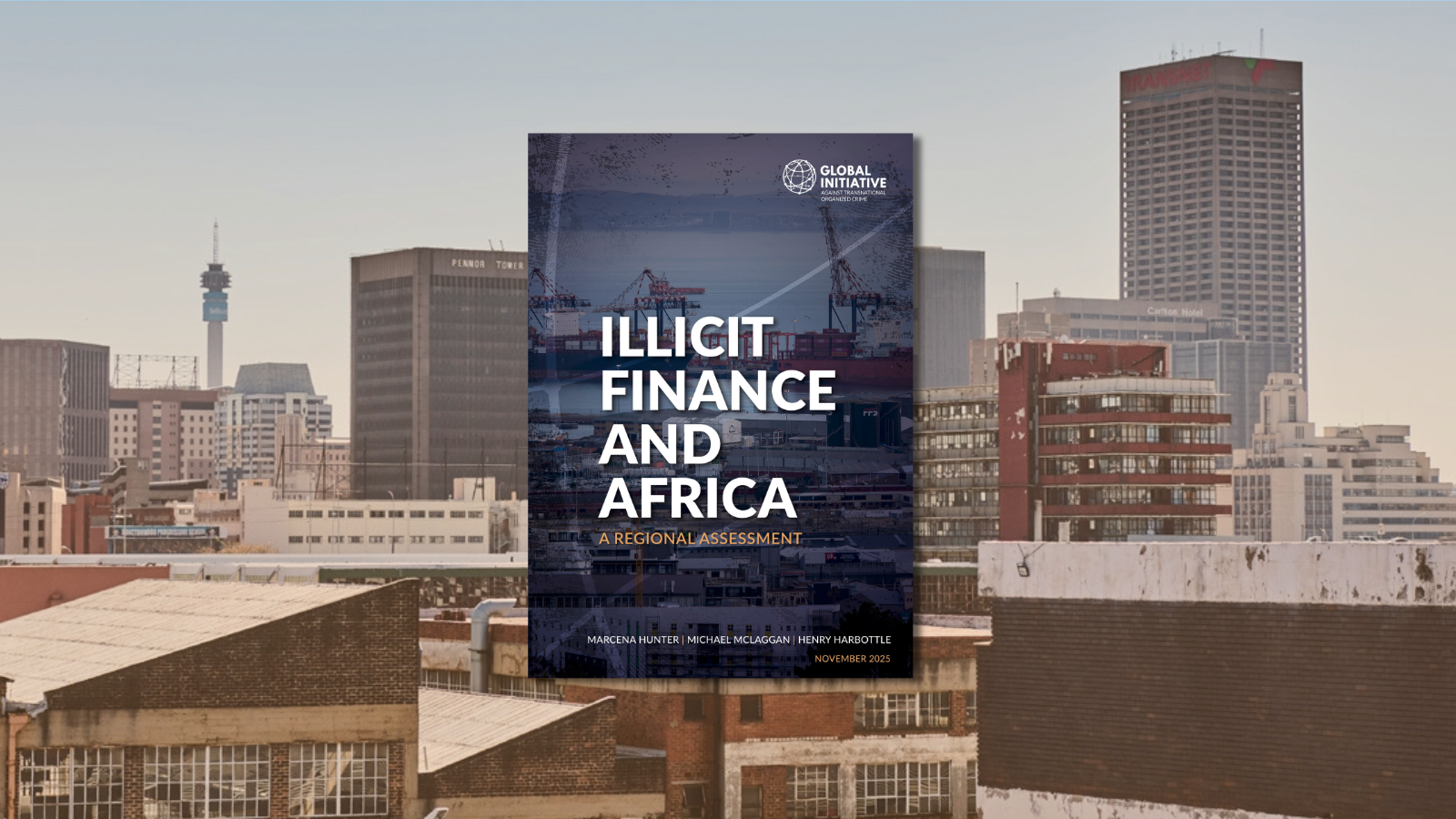








/campaigns/16-days-of-activism-against-gender-based-violence/pr-web-banner.tmb-1200v.jpg?sfvrsn=8cc7b98e_1#)






























